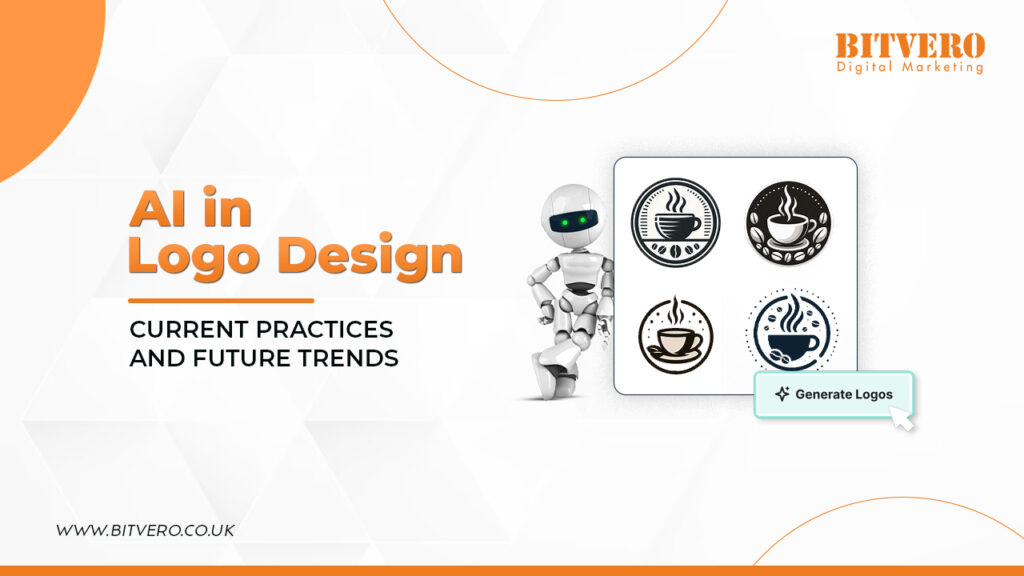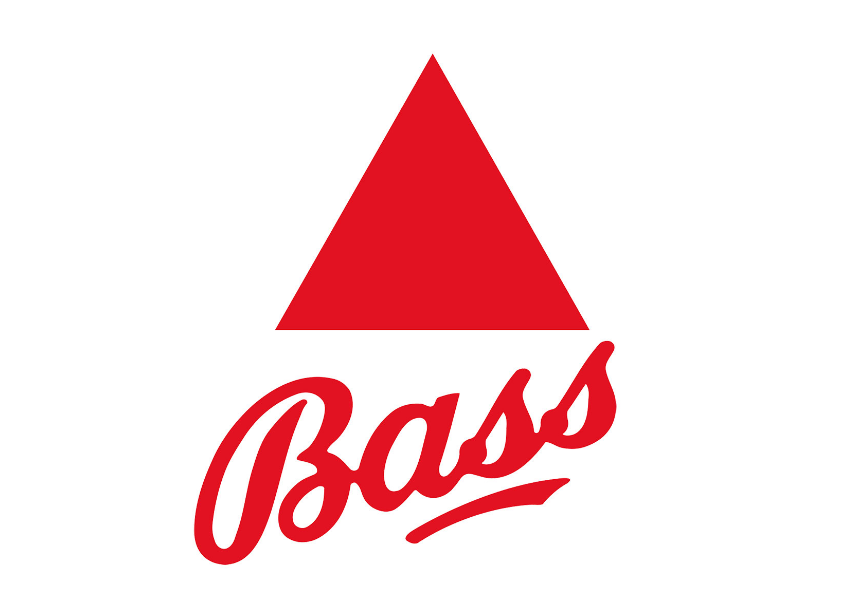The Role of AI in Logo Design: Current Practices and Future Trends

There was a time when ancient traders manually designed simple symbols or marks for their goods. This was to make it easy for people to identify and differentiate their craft.
By then, this icon-making process was not called logo design and didn’t function in the same way as modern logos do.
Building on this foundation, this ancient art continues to evolve through different periods and innovations.
When in the Middle Ages, logo creation was mostly about representing different royal families; it was during the Industrial Revolution that logo design, in a literal sense, was born.
With mass production, businesses had to differentiate their products from their competitors, and this somehow fueled the development of corporate branding as we know today.
The first ever logo to be registered was during this period. It was a popular English beer brand, Bass Brewery, whose logo was quite eye-catching, serving the ultimate purpose of logo design.

Since then, this evolution has not stopped anywhere. Moving forward, more advanced technologies and digital design software like Adobe and Photoshop revolutionised the whole logo design process, in fact increasing its scope to other corporate identities that exist in modern graphic design.
As the importance of branding continues to grow, so does technology. Now, artificial intelligence has a major role in logo design, taking it to new heights. In fact, AI has revolutionised not only logo design but the whole design process.
When it seems that AI technology is the final of all advancements, AI itself appears to be becoming more and more advanced, affecting both current practices and future trends.
Read also: Top 5 AI Trends
Current Practices:
Some current practices in AI logo design are:
Inspiration & Iteration
The very notable use of AI in logo making these days is for brainstorming logo ideas and revising designs for the better. Graphic designers are using a number of AI tools.
They generate multiple logo concepts in one instance and then focus on improving the best one with the tool’s customisation features until it seems ideal. This obviously saves time and ultimately brings efficiency.
Tools like Tailor Brands or Looka have become partners, helping accelerate the design process so that other brand collaterals like office stationery and business cards, etc., get the equal attention they deserve from the graphic designer.
AI-powered Design Assistant
Besides AI generating the logo itself, helping in the logo process, like suggesting the best suitable colours, fonts, layouts, and contrast based on the trends, is another field in which designers find AI helpful these days.
The software meant for designing has come forward to add AI assistance within the platform itself- Adobe AI Illustrator incorporated Adobe Sensei (a machine learning tool) is one of them.
With simple prompts, it is now easy to discuss with AI if a design goes well with a colour, which fonts look good together, or if the design layout seems to need any rearrangements; the built-in assistant is meant to figure out things on the designer’s behalf that too while saving time and upholding tight on market trends.
Data-Driven Design
Besides generating and refining logos, AI now also does the job of analysing. AI tools being trained with tonnes of data have become smart enough. So now, they are ready to analyse data to suggest which logo will go the best based on the industry, competition, or demographics. Simply put, AI now has enough intelligence to figure out if a logo would align with a kind of business and its overall branding strategy.
Future Trends:
The AI logo design trends we can expect in future are:
Adaptive Logos
Dynamic logos are currently used, but AI in the future can help create even more adaptable logos that change appearance in different scenarios like when, where, you see it or who sees it.
That means that through dynamic coding and AI user data analysis, it can be controlled which version of the logo becomes visible based on context, audience, platform, or even time.
Simply put, a logo version that appears on a website may be slightly different when someone sees it on a mobile phone, or if customer preferences are different, the logo will adapt accordingly; for instance, a logo appears pink when a woman sees it, and the user seems a man it becomes blue (not making stereotype just for example!)
Voice Interaction
Seeing the fast pace at which speech-to-image generative AI is being incorporated into various tools and social media apps, it seems soon we can expect that design software will also allow designers to make and modify logos using voice communication rather than clicking, typing or adjusting using a mouse or keyboard making a logo design task more flexible and easier.
Augmented Reality
Currently, businesses are using augmented reality technology to test how their products look in a given situation when they are used.
When, as of now, it is mostly confined to beauty or fashion brands, it seems probable that in the future, businesses will seek the help of AR technology to experience how different logo concepts look on their products in real-time.
That’s it!
Thank you for reading! We hope the information was helpful. In case you want to read more articles- here is our blog. Moreover, if you are looking for a logo design company in London, Bitvero can help. Our contact number is feel free to reach out to us!
